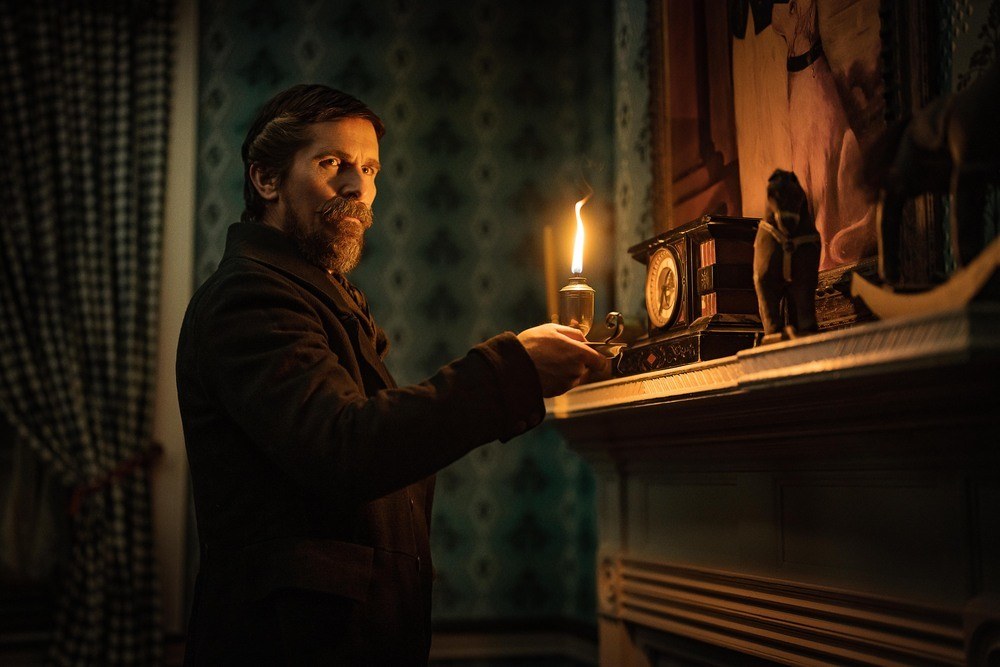The Pale Blue Eye

Christian Bale stars in THE PALE BLUE EYE. (Photo: Netflix)
The 19th century murder mystery The Pale Blue Eye has elements of gothic horror and romantic melodrama, a character study of regret and redemption, and a portrait of the formative years of Edgar Allan Poe.
However, while this stylish and evocative historical whodunit boasts a deep and talented cast, it lacks the suspense and narrative momentum to resonate more deeply.
It’s set in 1830 at the U.S. Military Academy in West Point, where the gruesome death of a cadet prompts a colonel (Timothy Spall) to hire former police detective Augustus Landor (Christian Bale) to investigate.
In assembling clues, Landor navigates a parade of oddballs and busybodies. Red herrings and cloudy motives bring more complications than clarity to his probe.
Among the deceased man’s classmates is aspiring poet Edgar Allan Poe (Harry Melling), who takes an interest in Landor’s work, even if his active imagination sometimes proves a hindrance. Landor and Poe aren’t exactly Holmes and Watson, but they convey a quirky odd-couple amusement in their early scenes together.
While befriending a local bartender (Charlotte Gainsbourg), Landor also questions an army doctor (Toby Jones), a grizzled acquaintance (Robert Duvall) who suggests occult involvement, and others.
Gradually, the film reveals background details about our emotionally scarred hero, who uncovers secrets that erode trust with those who hired him. “I am risking my life on behalf of your precious institution,” he barks back.
Eventually, Landor’s evidence points to something darker and more sinister, along the lines of his burgeoning novelist sidekick’s later writings. However, the case also becomes personal when he’s forced to confront his own tragic past.
Bale’s third collaboration with director Scott Cooper (Black Mass) remains at an emotional distance in part because of a stoic and introspective protagonist — played with brooding intensity by the ever-versatile Bale — whose determination to solve the case seems at first merely transactional.
Cooper’s procedural screenplay, based on a Louis Bayard novel, generates mild tension to supplement the visually striking period re-creation, which captures a wintry setting as beautiful as it is oppressive.
The film is more provocative in the second half, when its twists yield some surprises for those intrigued enough to follow along toward the inevitable big reveal.
While missing a consistent emotional anchor, though, The Pale Blue Eye struggles to meld its compelling parts into a cohesive whole.
Rated R, 128 minutes.